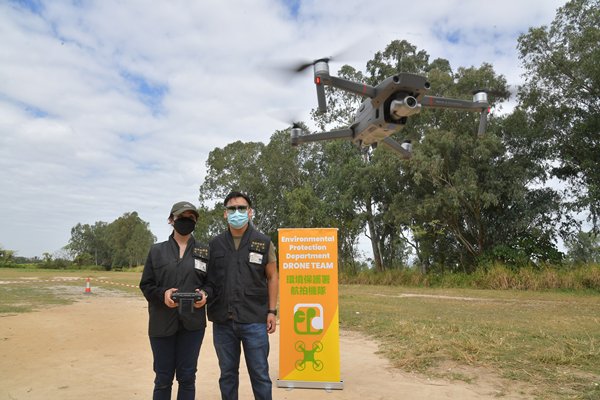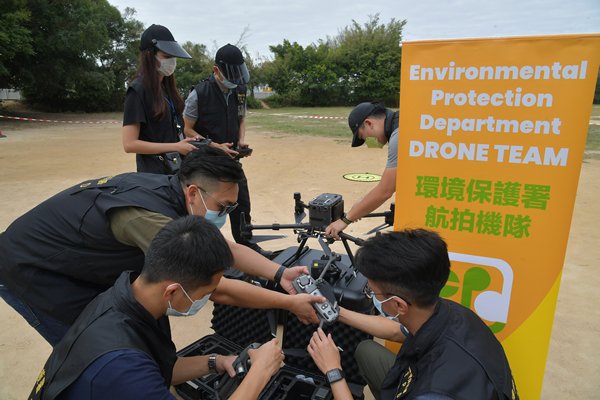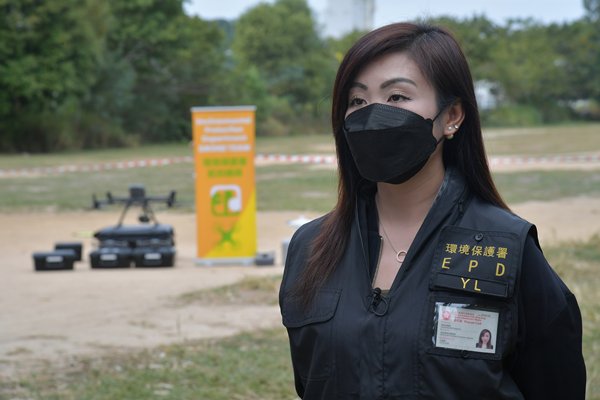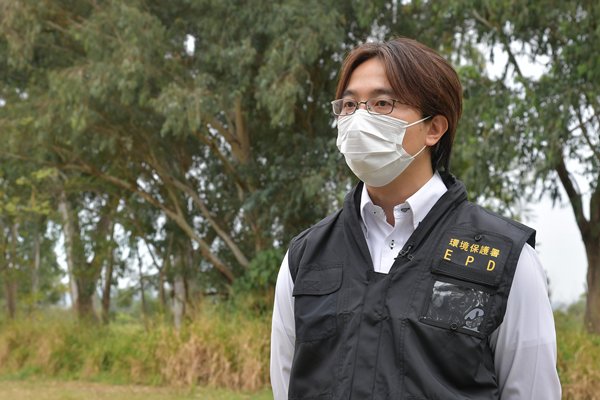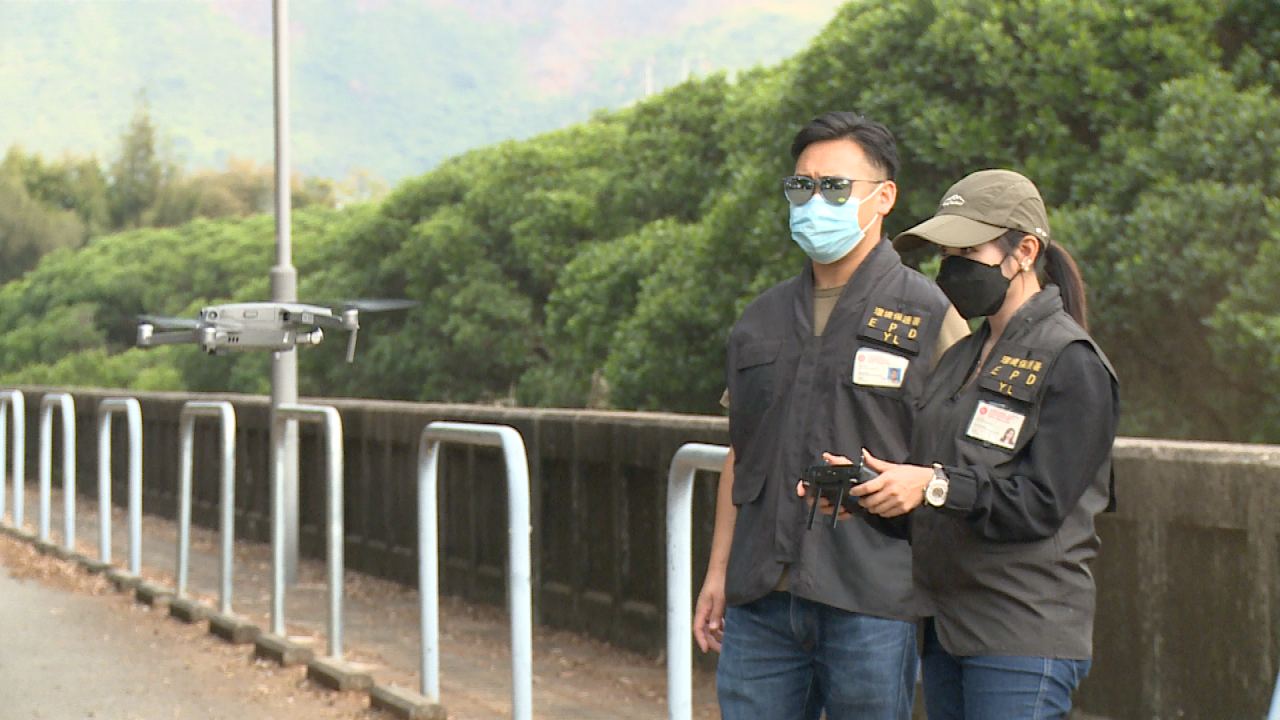Drones aid environmental protection
The Environmental Protection Department’s drone team has been instrumental in the department’s success in protecting our habitat.
Established at the end of last year, the drone team mainly assists the department in dealing with two aspects of its environmental protection work, including combatting illegal landfilling works and investigating ecological disturbances.
It has contributed significantly to the department’s success in its enforcement actions. People involved in two illegal landfilling cases detected by the team have been convicted.
Facilitating enforcement
The department’s Environmental Protection Officer Thomas Wong pointed out that it was challenging to combat these illegal landfilling works in the past because the department had to visit the sites physically.
Mr Wong said: “When our enforcement officers approached areas where these activities took place, they were easily spotted, and the people stopped their illicit actions right away.
“Now we can record these activities clearly from a distance with a drone.”
The department’s Senior Environmental Protection Inspector Viane Lee is the only female operator in the drone team and she has rich flying experience.
When flying the drone, Miss Lee said she is always on the lookout for bulldozers pushing earth or trucks dumping construction waste.
“We use the drone to record these activities as evidence.
“Our colleagues then go to the place concerned to collect information on the suspected offenders.”
Time-saving tools
The department can also quickly mobilise the drone team to investigate ecological disturbances, for example, when a lot of dead fish are found in the water.
“People are very concerned when they discover dead fish in the environment. If that happens, our drone takes off immediately to search for the pollution source along the river and inspect the extent of the pollution,” Miss Lee said.
“At the same time, we provide information obtained from the drone to support the work of a field team, which collects water samples and evidence at relevant locations.”
Mr Wong added that drone usage greatly reduces the manpower and time needed to find sources of pollution in the environment.
“Take a 5km-long river as an example. In the past, we needed three to five colleagues to complete an investigation into the source of the pollution, which would take three to five days.
“Now, with drones, only one person is required to finish the same job in around an hour.”
When emergencies such as chemical leaks cause water pollution, the drone team will conduct operations as well. It will send real-time images of the incident to the department’s control centre.
Safety first
Before every operation, the team ensures that the drone is safe to fly.
They follow the Civil Aviation Department’s guidelines. Pre-operation preparations include finding a suitable take-off and landing site, planning the flight path, checking the weather forecast, especially the wind conditions, and making sure the drone functions well.
After arriving at the location of operation, they cordon off the take-off and landing area. Right before the drone is ready for take-off, they recheck it to ensure it will not malfunction.
Miss Lee said: “Safety is always the priority. Good teamwork is the key to a successful operation.”
The department hopes to use drones for more aspects of their work, including monitoring the operations of landfills and tackling onshore marine refuse, to further protect the environment.
